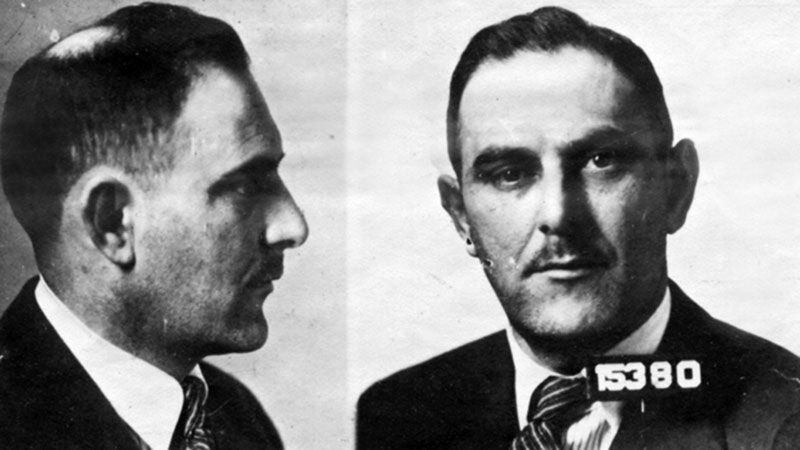There’s just something about impostors that captures the popular imagination. People who have not just the skill but the confidence – indeed, the audacity – to pose as someone else have long fascinated us. That’s why impostors have long been the protagonists of novels, plays and movies as well as fairy tales and folklore. But, sometimes real life is even stranger, and more fantastical, than fiction, and history is littered with examples of notable impostors.
In many cases, the motivations were obvious: impostors posed as princes or wealthy businessmen in order to gain wealth or power. But that’s not always the case. Sometimes the things driving an impostor are more complex. Sometimes they just want attention. Or sometimes they are simply deluded. Or maybe, just maybe, they’re not impostors at all, but telling the truth. Indeed, some notable examples of impostors from history remain the subject of fierce debate to this day.
So, out of the hundreds, if not thousands, of cases of individuals pretending to be somebody else, whether through disguise or another type of manipulation, here we present ten of the most infamous impostors of all time:

Princess Caraboo
In the spring of 1817, a stranger turned up in the sleepy town of Almondsbury, in south-west England. She was wearing strange, exotic clothes and spoke a language nobody could understand. Could it be possible that a princess from a faraway land had somehow turned up in this quiet corner of the country? Or was the whole thing a bizarre hoax, with the people of Almondsbury taken in by one of the most bizarre cons of the whole 19th century?
It was on 3 April 1817 when the inhabitants of the Gloucestershire town first found her: she was wandering aimlessly through the streets, disoriented, confused and mumbling strange words. A kindly lady took her to the local magistrate, a man by the name of Samuel Worrall. Despite being an educated man with an American wife, he could not understand what the stranger was saying either. However, he did get one vital piece of information from her: she called herself Caraboo. After a short spell sleeping on the floor of the local inn, the magistrate ruled that she was a beggar and she should be sent to the nearby city of Bristol to be put on trial for the crime of vagrancy.
Awaiting trial, Caraboo told her story to a fellow prisoner. Being a Portuguese sailor, he claimed he could understand her and offered to translate. According to him, she was Princess Caraboo, a royal from the island kingdom of Javasu, in the Indian Ocean. She claimed that she had been kidnapped by pirates and taken halfway around the world. When sailing past Bristol, she saw a chance to escape and jumped overboard. The Worralls believed her and invited Princess Caraboo to stay with them. And so, for ten weeks, she was a pampered guest of the town magistrate. Much to the amusement of the local people, she would swim naked in the river, try and hunt with a bow and arrow and pray to a God nobody had even heard of.
Princess Caraboo became first a local and then a national celebrity, especially after her story was verified by a certain Dr Wilkinson. However, her celebrity was eventually her downfall. A Bristol boarding house landlady saw Princess Caraboo’s story in the newspaper and contacted the Worralls immediately. According to her, ‘Princess Caraboo’ was really Mary Willcocks, a troubled servant girl. The press pounced on the hoax, unraveling every aspect of it with relish. The strange language was nothing more than a mixture of Gypsy expressions and made-up words. With the deception unveiled, she fled to the United States in September of 1817, with the kindly Mrs Worrall even agreeing to fund a one-way ticket to Philadelphia.
For a short while, Mary Willcocks attempted to make the most of her notoriety. She appeared on stage as Princess Caraboo, and even returned to London in 1824 to try and make her one-woman show a success. However, the public had long since lost interest in her fantastical story and she returned to Bristol, seeing out her years as a suburban housewife. She died in 1864. Her fame has endured, however, and numerous plays and books have been written about Princess Caraboo, the impostor who duped a whole town.

